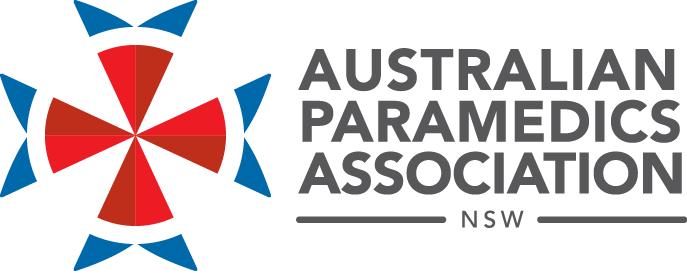
4 minute read
Know your rights: Compassionate Transfers FAQ
TEMPORARY COMPASSIONATE TRANSFERS
Frequently Asked Questions
Advertisement
Last year, we were proud to secure a new Compassionate Transfer Policy which better serves the needs of Paramedics working within NSW Ambulance. While we didnt get everything we fought for, we had some great achievements, including securing an appeals process and protecting members' privacy. You can read the policy in its entirety online. Here, we've answered some of your most frequently asked questions about the policy and how it applies to members' individual circumstances:
Q: Am I eligible for a temporary compassionate transfer?
A: APA (NSW) will always recommend that if you believe you require a temporary compassionate transfer, you should apply for one. Given the individual nature of everyone’s circumstances if you are unsure get in contact with the APA (NSW) office or with your local delegate and we will be able to provide you specific advice.
Q: How long can I get a transfer for?
A: You can get a transfer for six months at a time. You can have one transfer extension, although you must complete an entirely new application to be granted the extension. The policy allows for permanent transfers in exceptional circumstances.
Q: Do I have to demonstrate that I have attempted to resolve the situation prior to requesting a transfer?
A: No. While NSW Ambulance may ask if you have considered other options, such as flexible work arrangements and applying for permanent positions, taking these steps is not a requirement of the compassionate transfer policy.
Q: What is the process for approving a transfer?
A: We recommend contacting APA (NSW) as soon as possible, so we may assist wtih your application process. The process as outlined in the policy is as follows: 1. Meet with your HR Business Partner to discuss and submit your application.
The HR Business Partner can provide advice on your application and what documentation may be beneficial to include, but they do NOT have delegation to accept/refuse your application. 2. Deputy Director reviews application and provides a recommendation. 3. Director Workforce Planning provides advice regarding staffing levels at relevant stations. 4. Director Human Resources Business Partnering provides recommendation. 5. Executive Director People & Culture accepts or rejects the application and provides decision to the HR Business Partner and Deputy Director for action.
In many cases, people require compassionate transfers due to urgent and unforeseen circumstances and utilise the six months to find more permanent solutions. Whilst your application is being considered staff should begin to explore long term solutions where appropriate.
Q: If I am looking to extend my compassionate transfer, do I need to have demonstrated that I have attempted to resolve the issue?
A: In general, being able to demonstrate that you have tried to mitigate issues will assist in applying for any extension required. We always recommend that where reasonable and practicable, staff look at identifying and pursuing potential permanent solutions. Some of these are outlined in the policy. In some circumstances, however, this may not be a reasonable or practicable expectation. It is also worth searching for permanent solutions to prepare for the instance that NSWA fails to grant an extension to your compassionate transfer.
Q: How long will it take NSW Ambulance to assess my application?
A: After members reported submitting a transfer request and waiting over two months without any correspondence or outcome, APA (NSW) fought for NSW Ambulance to include timeframes in the policy to
Q: What should not be used as a reason to reject my application?
A: An application cannot be rejected for the following reasons: • The circumstances warranting the transfer will not be resolved within the six-month time frame • The station you need to transfer to is at or above FTE • The station you need to transfer from will be below FTE if you move Additionally, there are many other reasons NSW Ambulance may reject an application that APA (NSW) would consider unreasonable. If your application is rejected, get in contact with APA (NSW) for advice as soon as possible
ensure that Paramedics had an answer to this question. NSW Ambulance repeatedly refused to include even timeframe guidelines, providing no reason other than that they did not want APA (NSW) to raise disputes when they did not meet their own timeframes. We believe that applications should be processed within 10 working days of being received by the HR Business Partner. Get in contact with APA (NSW) if this timeframe is not met. If your matter is of extreme urgency, we recommend contacting APA (NSW) immediately so that we can advocate for your matter to be reviewed as quickly as possible.
Q: Where can I get support in writing or following up on my application?
A: Get in contact with APA (NSW).
Q: What should I do if my application is rejected?
A: Get in contact with APA (NSW), as the policy now includes an appeals process as a result of representations made by APA (NSW).








